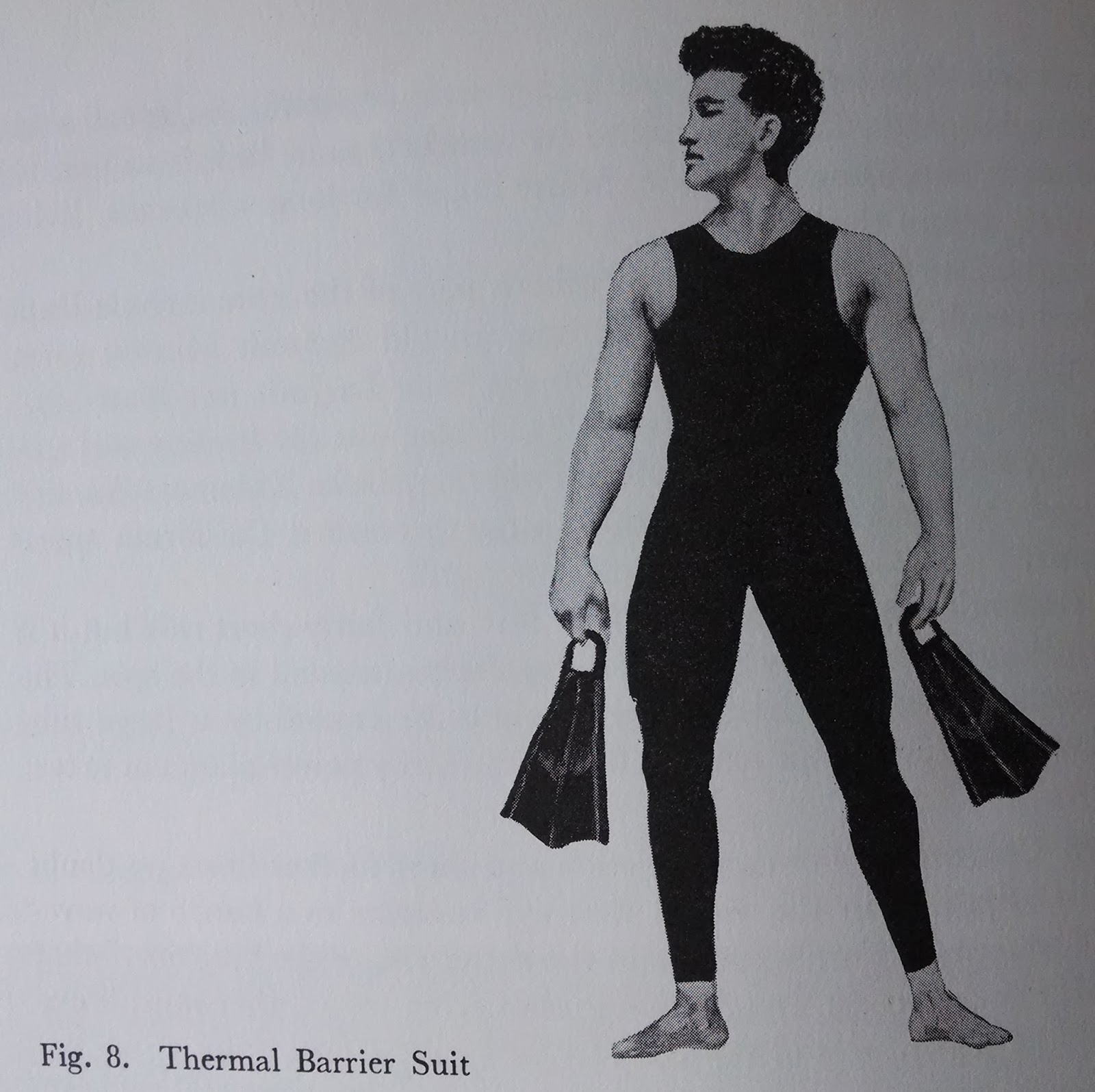2014 marks the 50th anniversary of the The Endless Summer documentary. The Surfing Heritage & Culture Center sponsored a gala event and charity auction in celebration of the landmark film earlier this month and I thought I would share my reflections of this film and what it meant for me.
I remember vividly the first time I saw The Endless Summer. It was 1983. I was 13 years old, in seventh grade, and was spending the night at a friend's house in Menlo Park, a sleepy little town not quite half way between San Francisco and San Jose. I had already caught the surfing bug a year earlier, thanks to a girl I had a crush on. My exposure to surfing thus far however had been limited to T&C's Thrilla Gorilla-themed tee shirts and a couple issues of Surfing magazine (think Martin Potter airs, Cheyne Horan keel fins, and Tom Curren carves). I don't remember if we stumbled upon the movie or if the TV was already on that channel (KQED, our local PBS channel), but that's immaterial. What does matter is that time stopped for me. I had never seen people actually surf before. Up until then, surfing had been defined by Beach Boys songs, cartoon characters and snapshots in magazines. The Endless Summer was video, sights, sounds, and narration - all about surfing. Needless to say, I was completely hypnotized.
 |
| Robert August and Mike Hynson: On Surfari to Stay |
It wasn't just the surfing that I found mesmerizing. It was the whole package: two friends on an around-the-world adventure, making friends everywhere they went, playing in the ocean without a care in the world. The biggest challenge other than finding waves (they always found waves) was whether they were going to have more fun that day than the previous day, which is a pretty good formula for a movie or lifestyle. If that wasn't enough, the story was complemented with great music, namely the beautiful theme song by The Sandals, incredible cinematography and director Bruce Brown's infectious aw-shucks narration. The film - its imagery and vibe - had a profound affect on me at a very impressionable age. Not surprisingly, I aligned my identity right then and there with Robert August and Mike Hynson. I knew who I wanted to be. I was going to be a surfer. Over 30 years later, I'm still high from the fumes.
I suspect I'm not the only one affected this way by The Endless Summer. Surfing has always involved traveling, pioneering, and being in the moment. Bruce just documented Robert and Mike doing it (I don't know any of these guys personally but after watching the film more than a dozen times, I feel like I've known them my whole life; calling them by their first names just feels natural and right). Spanish surfer Kepa Acero and central coast photographer Chris Burkhard are two modern day examples of surfers living and documenting these themes. There are countless others.
 |
| The Boys Discovering Adventure and Perfection at Cape St. Francis, South Africa |
The Endless Summer's impact reaches far beyond surfers and fans of surfing because the film is so much more than a documentary about surfing. It is a portrayal of young men coming into adulthood (Mike for example clawed his way into the project to avoid the draft), leaving the comforts of home, placing themselves at the mercy of chance, mother nature, and other cultures and gaining truth and understanding in the process. I have learned first hand that travel is the best form of education and you see the changes occurring in Mike and Robert from their travels. They are humble and modest, absorbing not judging, practicing the golden rule, never questioning locals or their customs and are therefore welcomed wherever they go.
With a lifetime of experiences squeezed into one year of traveling around the world, can you imagine the difficulties Robert and Mike must have had coming back to Southern California? How do you re-acclimate with an insulated, local beach culture after having visited faraway places like West Africa, New Zealand, and Fiji? It would be difficult by today's standards. Imagine how much more difficult it would have been in the early 1960s. I suspect they must have at least considered, let alone struggled with, the new found realization that there was a much larger world out there and that their privileged lives and priorities - namely surfing and having a good time - were pretty insignificant in the larger scheme. Pretty heady stuff.
Nevertheless, the intent of Bruce Brown's wonderful film was to entertain and he did so in spades. Surfing is part sport, part art, and part magic. All of these are masterfully portrayed in The Endless Summer. As a result, it's inevitable that it would have a profound impact on millions of people: surfers, non-surfers and soon-to-be surfers. The Endless Summer, as a film and an analysis on a unique and wonderful subculture, is time capsule worthy.
Until next time, may your waves be head high and glassy.

























